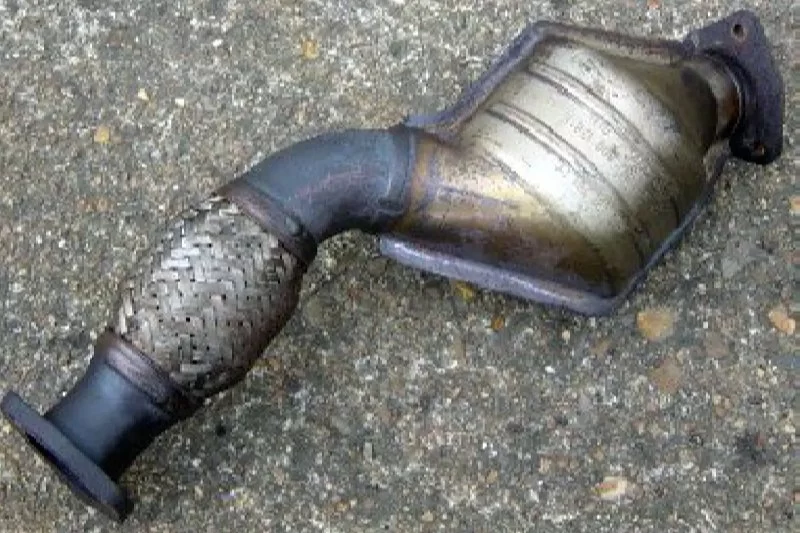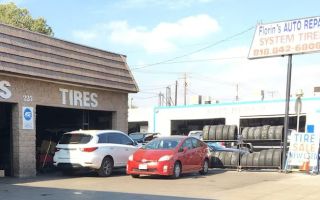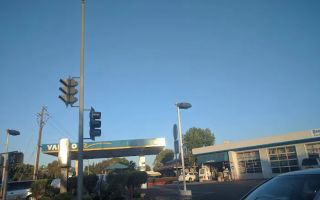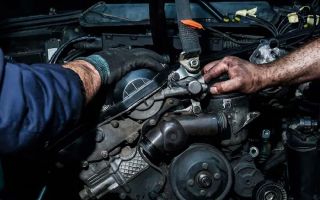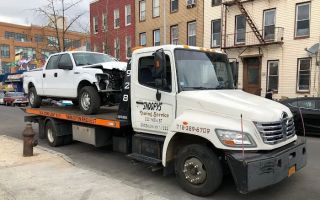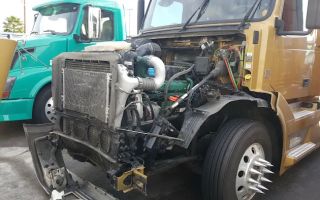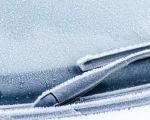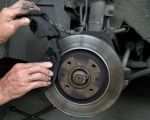- what-is-catalytic-converter-substrate - What Is a Catalytic Converter Substrate and Why It Matters
- how-substrate-damage-occurs - How Catalytic Converter Substrate Damage Happens
- symptoms-of-substrate-damage - Common Signs and Symptoms of Substrate Damage
- impact-on-vehicle-performance - The Real Impact on Your Car’s Performance and Emissions
- diagnosis-and-repair-options - Diagnosis and Repair Options: What You Can Do
- real-case-breakdown - Real Case: A Clogged Converter That Left a Driver Stranded
1. What Is a Catalytic Converter Substrate and Why It Matters
Your car’s catalytic converter is more than just a metal box—it’s a highly engineered emissions device. Inside it lies the substrate: a honeycomb-shaped ceramic or metallic structure coated with precious metals like platinum, palladium, and rhodium. This substrate is what actually converts harmful gases like CO, NOx, and hydrocarbons into less harmful ones like CO₂ and water vapor.
In simple terms, the substrate is the heart of the catalytic converter. Without it, your car wouldn’t meet emissions standards, and performance could drop significantly. At Rescue & Towing, we often see issues where a car is towed in, and the root cause turns out to be damaged or melted substrate.

Pick Your Part - Help Yourself
1232 Blinn Ave, Wilmington, CA 90744, USA
2. How Catalytic Converter Substrate Damage Happens
2.1 Thermal Stress and Overheating
One of the most common causes of substrate damage is excessive heat. If your engine is misfiring or burning oil, it sends unburned fuel into the exhaust, causing the substrate to overheat and crack or melt. This is especially common in older vehicles or those with neglected maintenance.
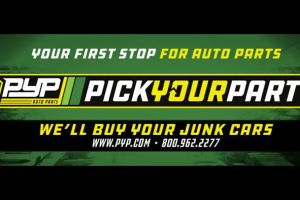
Pick Your Part - Greer
13054 E Wade Hampton Blvd, Greer, SC 29651, USA
2.2 Physical Impact or Contamination
Sometimes damage occurs when road debris hits the underside of the car, fracturing the substrate inside. Oil, coolant, or silicone-based sealants leaking into the exhaust system can also coat the substrate and prevent it from functioning properly.
2.3 Poor-Quality Fuel and Aftermarket Additives
Using low-grade fuel or questionable fuel additives can also lead to chemical reactions that erode or clog the substrate. Cheap aftermarket converters without proper coatings often fail much earlier than OEM units.
3. Common Signs and Symptoms of Substrate Damage
When the catalytic converter’s substrate is damaged, you may notice:
• A significant drop in engine power, especially under acceleration
• A rattling noise under the car—like a coffee can with pebbles
• The check engine light (CEL) staying on, often with P0420 or P0430 codes
• A strong sulfur or “rotten egg” smell
• Poor fuel economy and reduced throttle response
These symptoms may come on gradually or suddenly. At Rescue & Towing, we’ve towed cars where the driver reported “sudden sluggishness” on the highway—only to find the substrate had collapsed and blocked exhaust flow entirely.
4. The Real Impact on Your Car’s Performance and Emissions
Damaged substrate doesn’t just reduce efficiency—it can cause dangerous backpressure. If the flow of exhaust is restricted, the engine can overheat, stall, or even suffer internal damage. Your emissions system may also fail inspections, and in many states, that means you can’t legally renew your registration.
Additionally, if you ignore substrate damage too long, it can cause engine damage from excessive pressure and heat buildup. This is why catching the problem early—before the substrate crumbles—is crucial.
5. Diagnosis and Repair Options: What You Can Do
A professional diagnostic tool can read trouble codes and detect exhaust flow problems, but mechanics often rely on a simple backpressure test or temperature readings from the inlet and outlet of the converter. If there’s a big temperature drop across the unit, the substrate is likely compromised.
If your converter is damaged, replacement is usually the only safe solution. Depending on your car’s make and model, prices vary widely. OEM parts cost more but often last longer. Some specialty repair shops can cut open the converter and inspect or replace the substrate core, though this isn’t common.
Need towing to a trusted shop or recommendations for qualified mechanics? Rescue & Towing helps customers find reliable local partners who specialize in emissions-related repairs.
6. Real Case: A Clogged Converter That Left a Driver Stranded
In one recent call, a driver with a 2014 Ford Escape reported major power loss and a dashboard full of warning lights. Our Rescue & Towing team arrived to find the car struggling to idle and producing heavy exhaust fumes. After towing it to a local shop, the mechanic discovered a collapsed substrate blocking nearly 90% of the exhaust flow.
The cause? Prolonged misfiring from a faulty ignition coil that had gone unaddressed. The excess fuel led to thermal overload inside the converter. A $75 coil ended up costing the driver over $1,000 in parts and labor. The lesson here: when your engine acts up, don’t wait to fix it—your catalytic converter depends on it.
Whether you’re troubleshooting early symptoms or dealing with full failure, understanding your car’s catalytic converter substrate damage is key to preventing bigger repair bills and unsafe driving conditions. If you’re ever unsure, contact Rescue & Towing for reliable help on the road—and honest advice you can count on.

